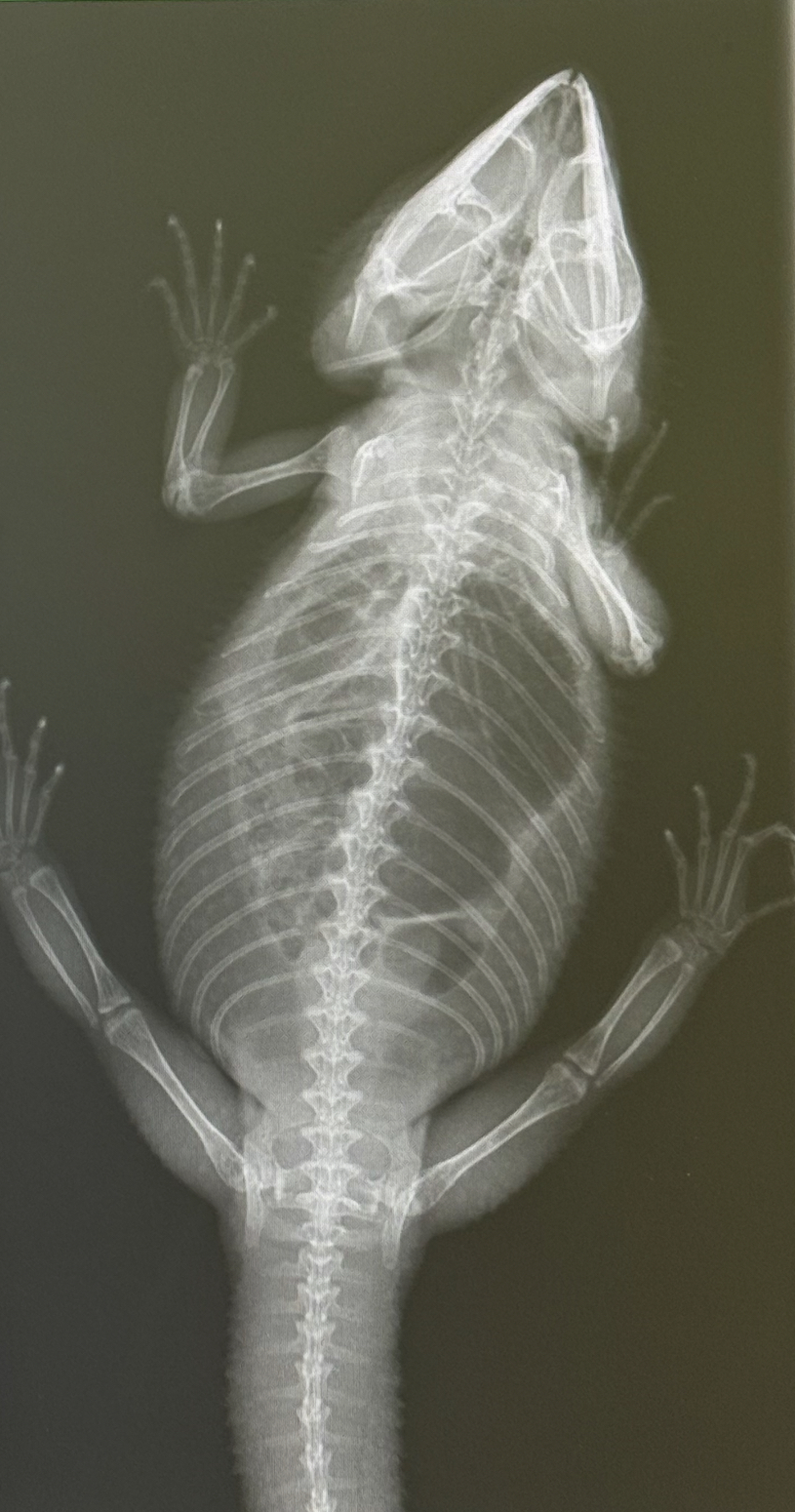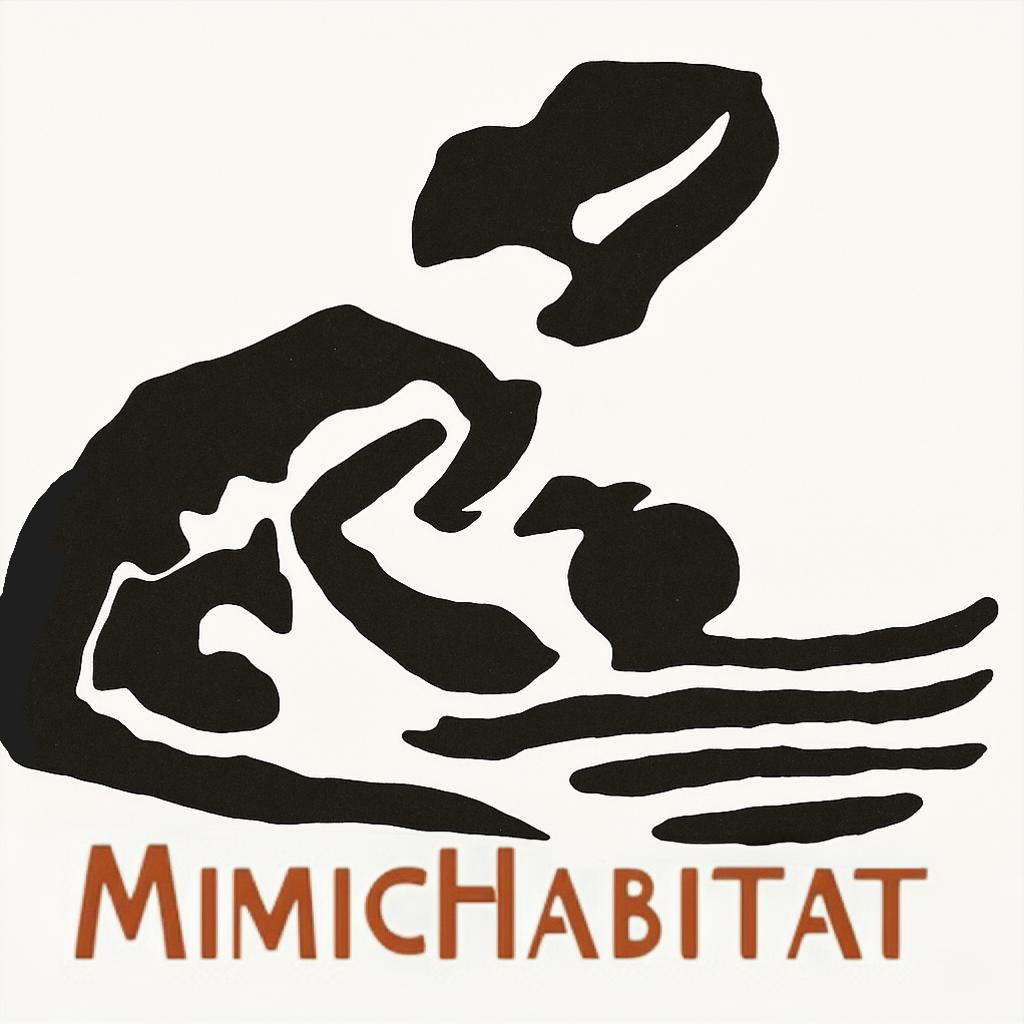Five Parasite Transmission Routes Every Reptile Keeper Should Know
Understanding Prevention Through Science-Based Husbandry

New reptile owners face a hidden challenge that veterinary literature consistently identifies: internal parasites. Research examining 324 pet reptiles found 57.4% harbored intestinal parasites, yet none showed clinical symptoms at the time of examination (Papini et al., 2011). This disconnect between infection prevalence and visible disease creates false security. Understanding how parasites enter your system enables evidence-based prevention strategies that protect your animal's long-term health.
Key Takeaways
- 57.4% of pet reptiles harbor parasites without showing symptoms, creating false security (Papini et al., 2011)
- Wild-caught prey carries 2.36x higher infection risk than captive-born animals; avoid entirely
- Parasites can remain undetectable for 6-12+ months after acquisition; ongoing surveillance replaces fixed quarantine periods (Kiebler et al., 2020)
- Temperature dysregulation suppresses immune function while accelerating parasite development—this isn't comfort, it's health
- Insectivorous species face 65.5% infection rates versus 44.4% in herbivores; diet choice affects exposure
- Weekly spot-cleaning protocols combined with thorough monthly deep-cleaning directly control environmental parasite loads
- Most parasitic problems emerge from environmental conditions, not inevitable exposure or owner fault
Transmission Route 1: Commercially Bred Feeder Insects
Feeder insects from controlled breeding operations carry parasitic organisms despite quality control measures. The parasites detected in captive reptile surveys possessed direct life cycles requiring no intermediate hosts (Papini et al., 2011). This means crickets, roaches, and mealworms transfer parasitic loads immediately upon consumption. Contamination occurs at multiple points in the commercial supply chain. Breeding facilities can harbor environmental contamination from other captive animals and free-ranging pests (D'Cruze et al., 2020). Transportation and retail storage introduce additional exposure opportunities.
Even operations following biosecurity protocols show potential for horizontal disease transfer between production animals (Mitchell & Shane, 2000). The commercial feeder industry operates at densities that promote pathogen amplification. No supplier can guarantee parasite-free insects without individual testing, which remains economically impractical at scale.
Prevention suggestion: Source from established suppliers with transparent husbandry practices. Quarantine feeder colonies separately from your reptile collection. Gut-load insects with quality nutrition, as healthier feeders may carry lower pathogen loads.
Transmission Route 2: Wild-Caught Prey and Environmental Exposure
Wild insects present substantially elevated risks compared to commercial alternatives. Wild-caught reptiles demonstrate 73.3% parasite prevalence versus 53.8% in captive-born specimens (Papini et al., 2011). The odds ratio of 2.36 indicates wild-caught animals face more than double the infection pressure. Outdoor insects encounter contaminated soil, fecal matter, and infected intermediate hosts throughout their life cycles.
Geographic location determines which parasite species appear in local insect populations. Female iguanas digging nests expose themselves to surface and subsurface soil contamination, increasing acquisition rates compared to males in identical environments (Maurer et al., 2020). Parasite prevalence in wild populations reflects host diet variability and intermediate host availability (Elmahy & Harras, 2019). Standing water and agricultural areas present particularly elevated risks.
Prevention sugestion: Avoid wild-caught prey entirely for captive reptiles. If feeding outdoor insects seems necessary for behavioral enrichment, understand you are accepting documented infection risk. No preparation method eliminates all parasitic stages from wild-caught food items.
Transmission Route 3: Contact with Other Reptiles
Housing multiple animals creates direct transmission opportunities through fecal-oral contamination. Infected individuals shed parasite eggs and cysts into shared environments. Healthy reptiles ingest these stages through normal exploratory behaviors or feeding responses. Cross-contamination occurs even during brief contact periods.
Commercial operations sourcing animals from geographically diverse areas with minimal quarantine increase pathogen exposure substantially (Stenglein et al., 2014). Trade shows and breeding facilities where animals from different sources intermingle encourage disease transmission (Smith et al., 2009). The wildlife trade compounds these risks through transportation mixing animals from ecologically distinct regions (Karesh et al., 2005). Outbreak investigations demonstrate that people became ill from bearded dragons they had owned for over 6 months, with 52% owning their reptile for more than a year before pathogen detection (Kiebler et al., 2020).
Prevention suggestion: House new acquisitions separately from existing collections initially. Perform fecal examinations at acquisition and periodically thereafter, recognizing that some parasites remain asymptomatic for months or even over a year (Kiebler et al., 2020). Unlike dogs and cats with monthly preventative medications for heartworm and intestinal parasites, reptiles require ongoing surveillance-based management. Even captive-bred animals from reputable sources may harbor parasites undetectable at point of sale. This represents normal reptile husbandry rather than management failure. Asymptomatic carriers pose the greatest cross-contamination risk, making regular monitoring essential throughout your animal's life.
Transmission Route 4: Temperature Dysregulation and Immune Suppression
Environmental temperature directly determines immune competence in ectothermic vertebrates. Research on fish-parasite systems demonstrates that suboptimal temperatures suppress leukocyte production and respiratory burst activity, two critical immune functions (Franke et al., 2017). Both fish and reptiles share temperature-dependent immune physiology as ectothermic organisms. Warm conditions down-regulate these defensive responses while simultaneously accelerating parasite metabolic rates.
This creates asymmetric fitness effects favoring the parasite. Captivity prevents natural thermoregulatory behaviors where animals seek optimal temperatures for different physiological processes throughout the day. Static temperature ranges in enclosures may not match precise thermal needs for immune surveillance. Chronic exposure to suboptimal temperatures allows parasites present in low numbers to proliferate rapidly.
Captivity-induced stress further compromises temperature-sensitive immune mechanisms. Environments preventing natural escape behaviors induce frustration states that progress to exhaustion and chronic stress (Flosi et al., 2001). The manifestation of parasitic disease relates directly to these captivity stress levels (Carvalho, 2018). Female reptiles experience immunosuppression during egg production that increases infection probability (Maurer et al., 2020).
Prevention suggestion: Research your species' thermal ecology thoroughly before acquisition. Provide thermal gradients allowing behavioral thermoregulation rather than static temperature zones. Monitor temperatures with calibrated instruments, not visual estimates. Recognize that proper heating represents immune system support, not merely comfort provision.
Transmission Route 5: Inadequate Sanitation and Environmental Persistence
Terrarium conditions needed for reptile husbandry also favor parasite developmental stages. Temperature and humidity requirements for breeding reptiles promote fecal parasite egg development and persistence (Pasmans et al., 2008). Once parasites establish within enclosures, they create self-sustaining reinfection cycles. Fecal accumulation provides direct exposure sources as eggs develop into infectious stages. Water bowls contaminated with fecal matter serve as concentrated transmission points.
Poor hygiene transforms asymptomatic infections into clinically significant disease. Parasitic infections manifest as anorexia, weight loss, and decreased appetite when environmental contamination reaches critical thresholds (Costa et al., 2018). Moist substrates retain parasitic organisms substantially longer than dry materials. Studies found mite infections occurred exclusively in captive rather than wild specimens, suggesting environmental conditions introduce these ectoparasites (Gafoor & Tardieu, 2024).
Prevention suggestion: Establish weekly spot-cleaning protocols combined with thorough monthly deep-cleaning schedules. Use substrates that allow waste visualization and removal. Provide multiple water sources you can rotate for daily sanitization. Understand that cleaning frequency directly controls parasite environmental load.
How Transmission Routes Interact
These pathways rarely operate independently in captive systems. Insectivorous reptiles showed 65.5% parasite prevalence compared to 44.4% in herbivores, demonstrating that diet composition directly influences exposure patterns (Papini et al., 2011). Poor hygiene combined with inadequate temperature regulation and environmental stress creates compounding vulnerability (D'Cruze et al., 2020). Temperature dysregulation simultaneously suppresses host immunity while promoting parasite development rates.
The controllable nature of these transmission routes indicates prevention substantially outperforms reactive treatment approaches. Most parasitic problems emerge from environmental conditions rather than inevitable exposure or management failure. Understanding transmission mechanisms transforms parasite control from responding to clinical disease into proactive husbandry practices that support your reptile's natural defenses.
